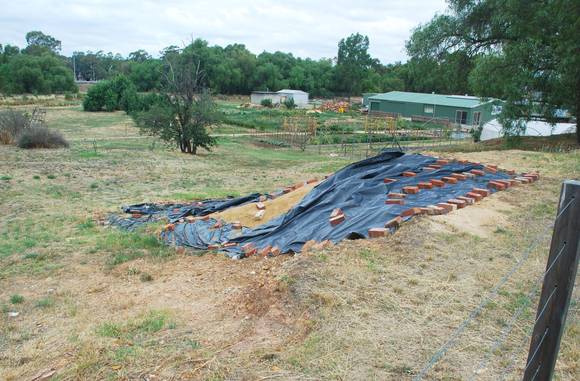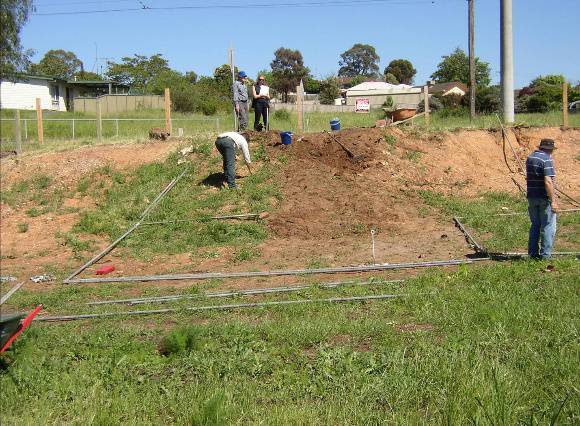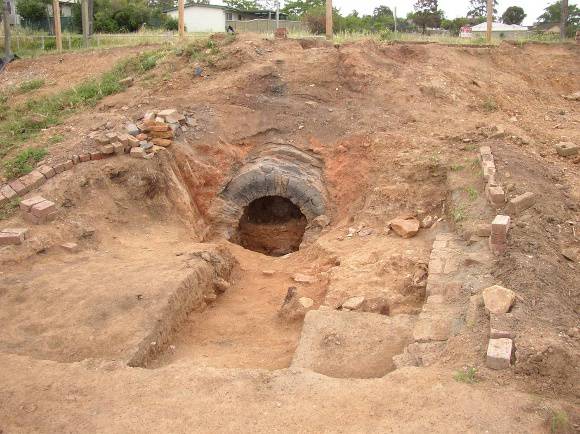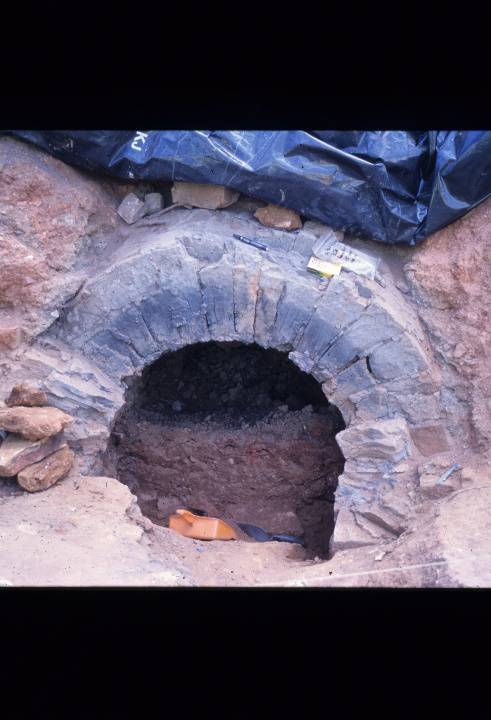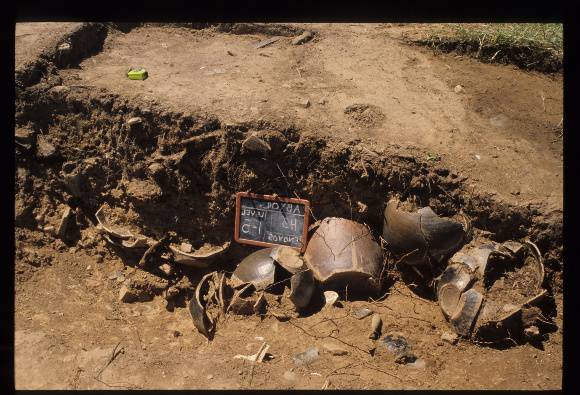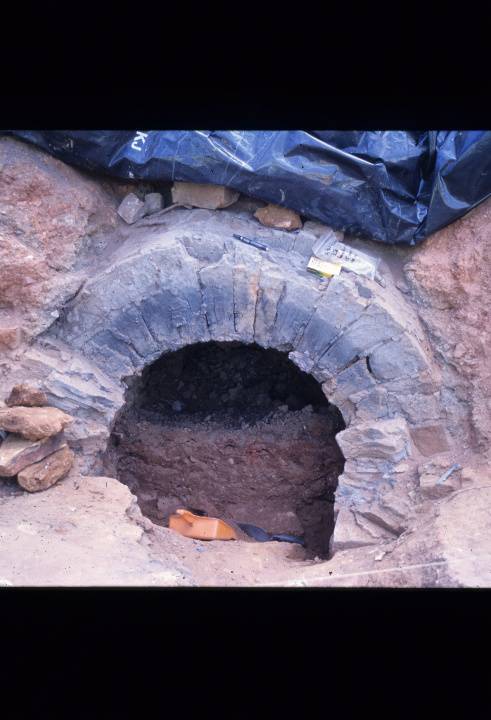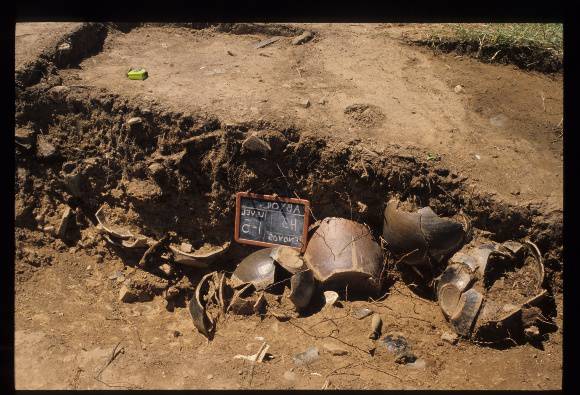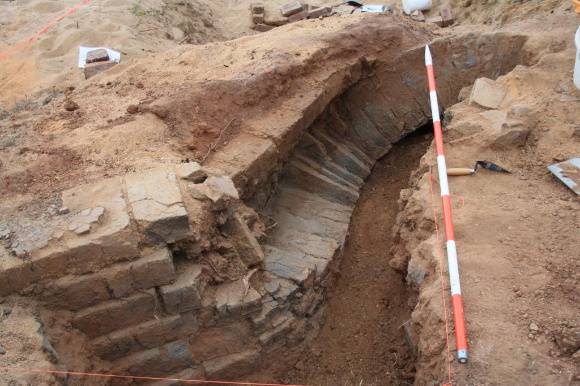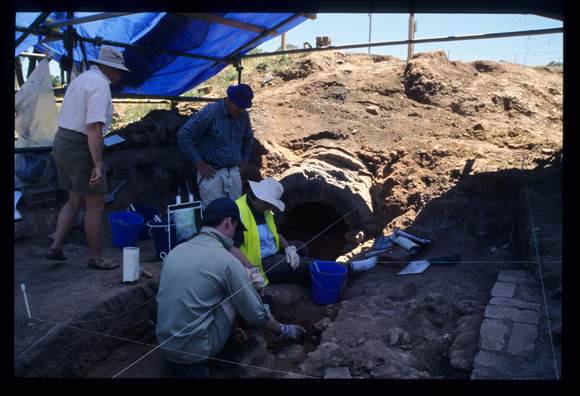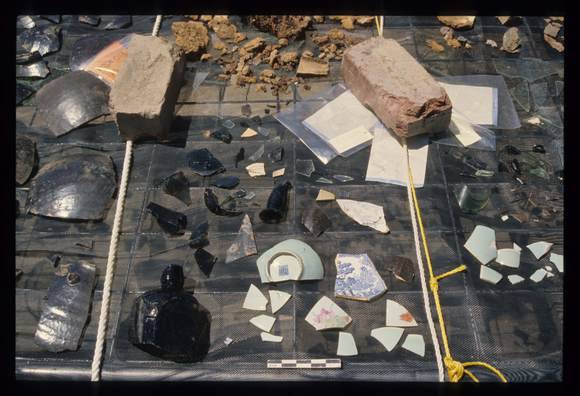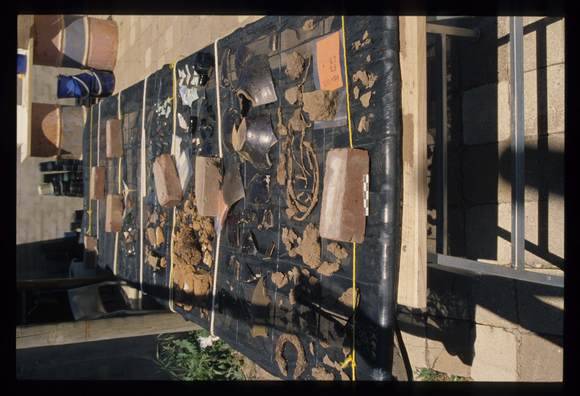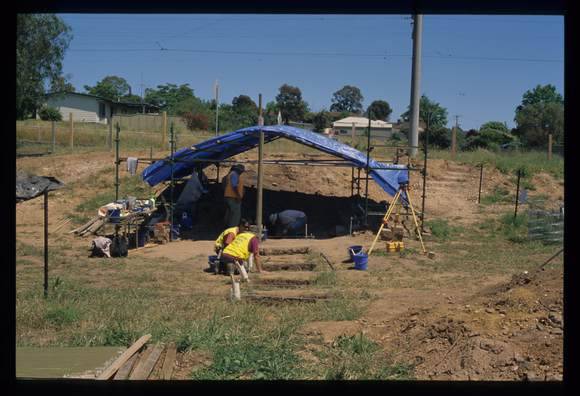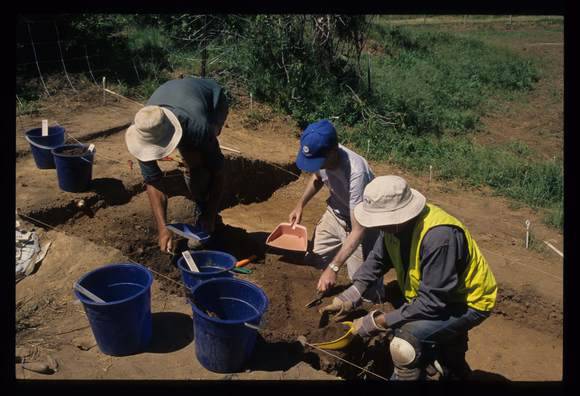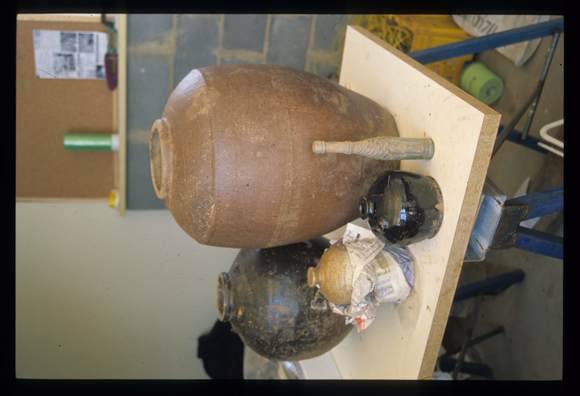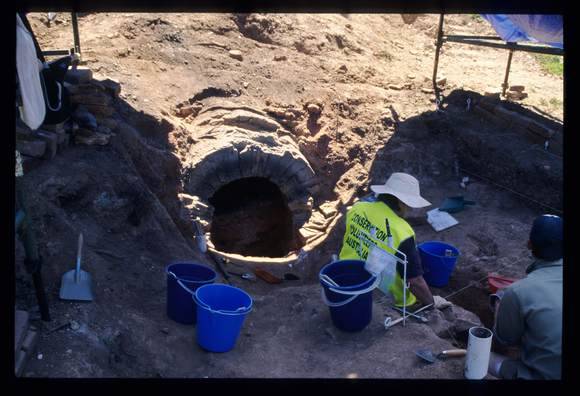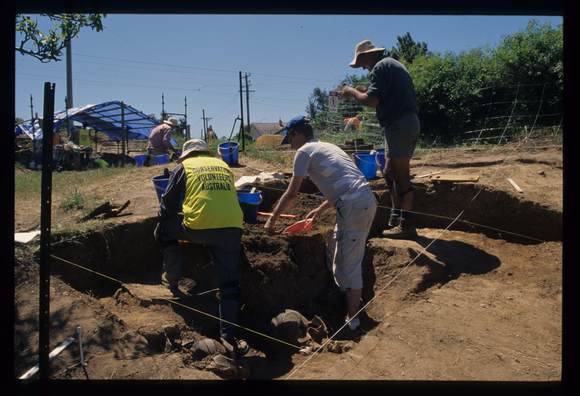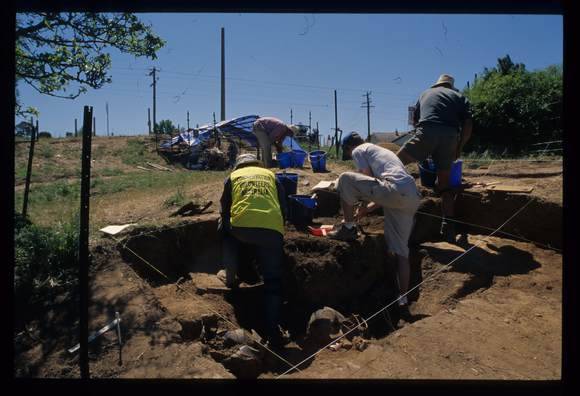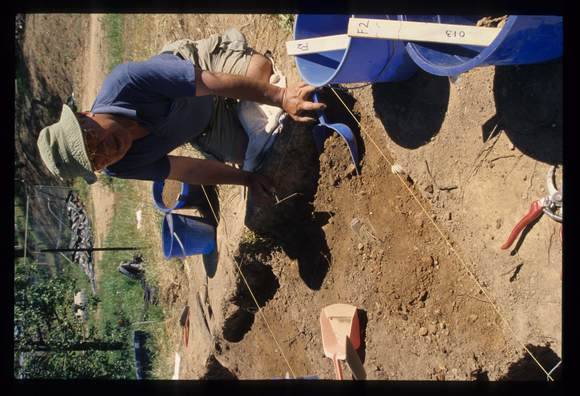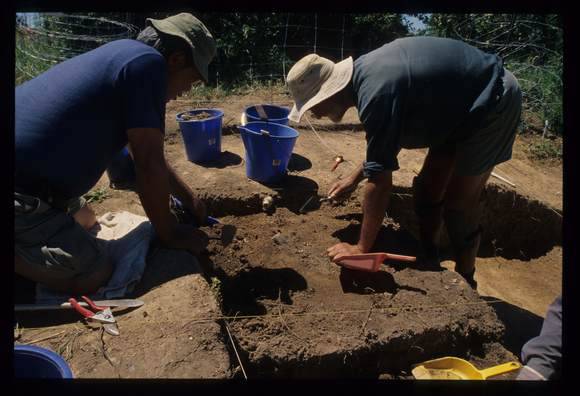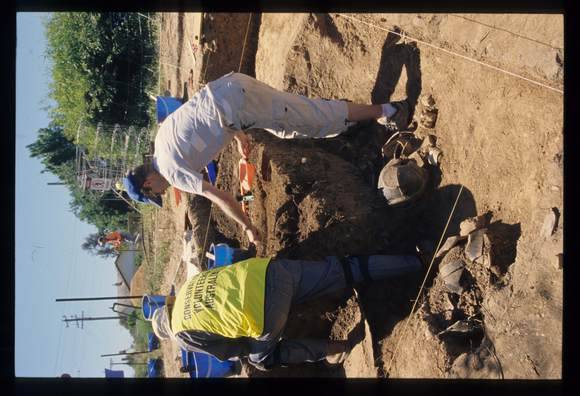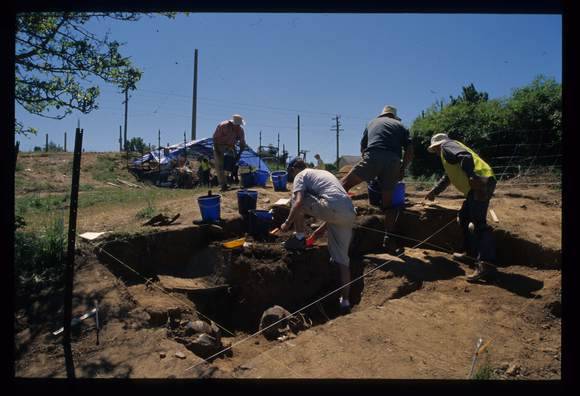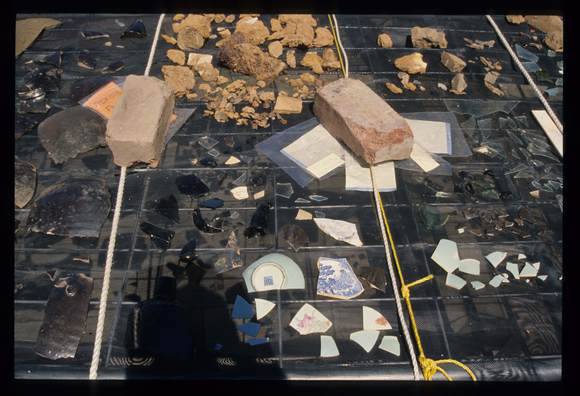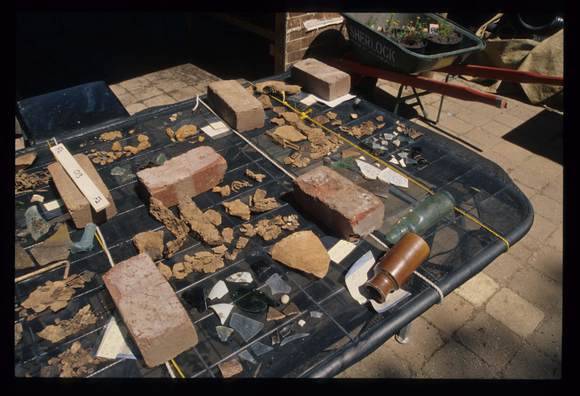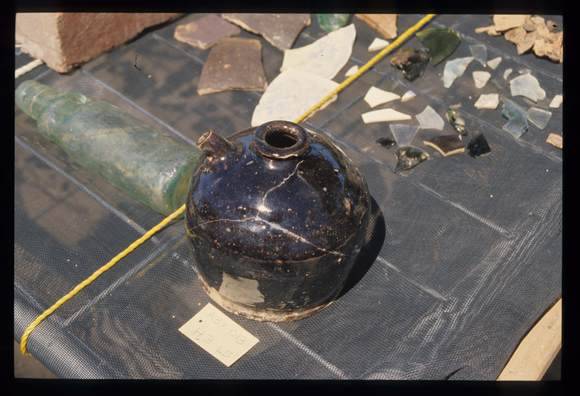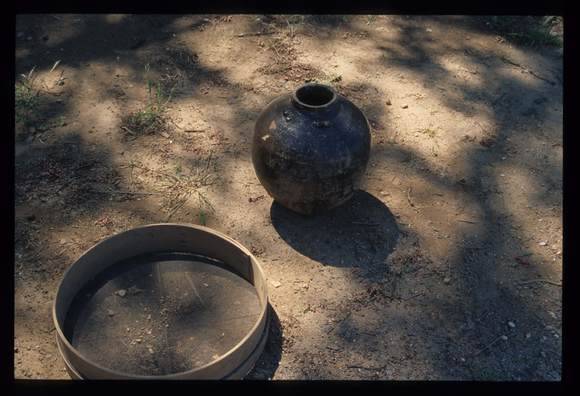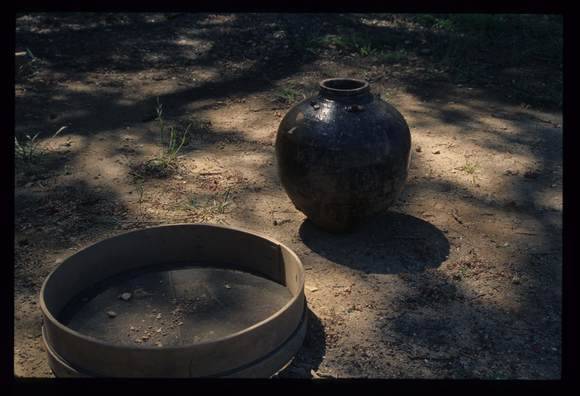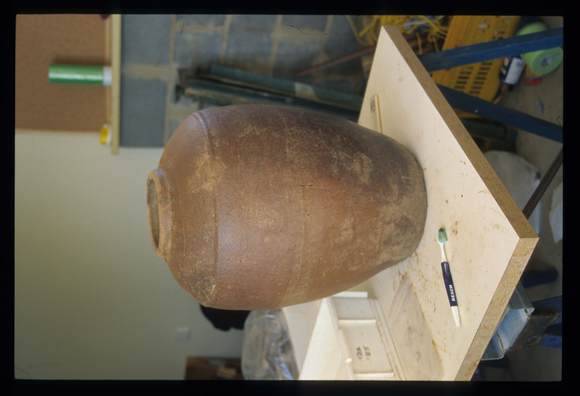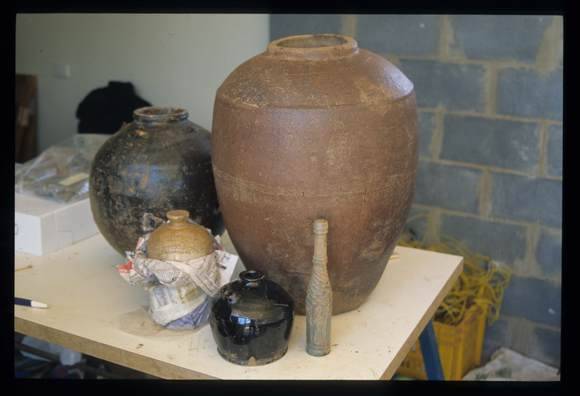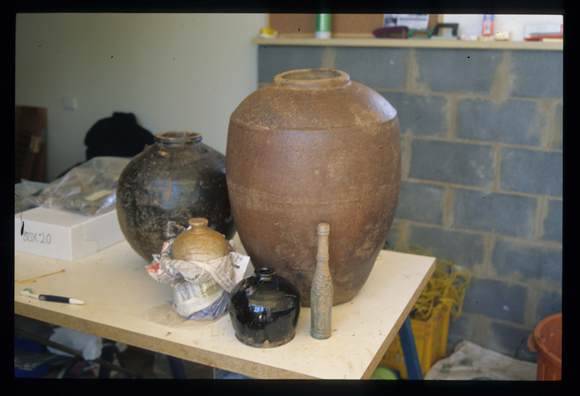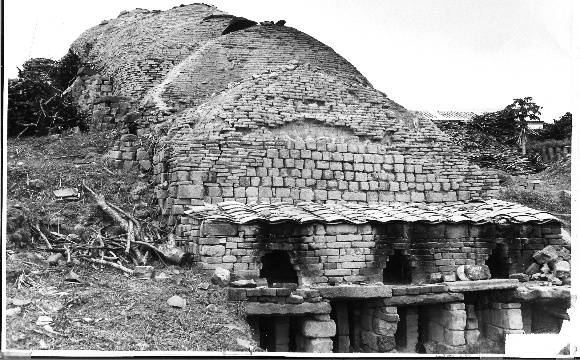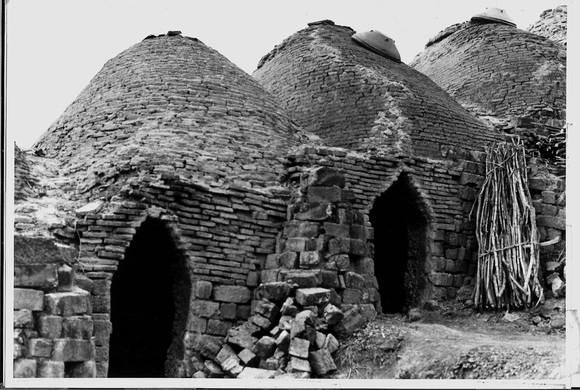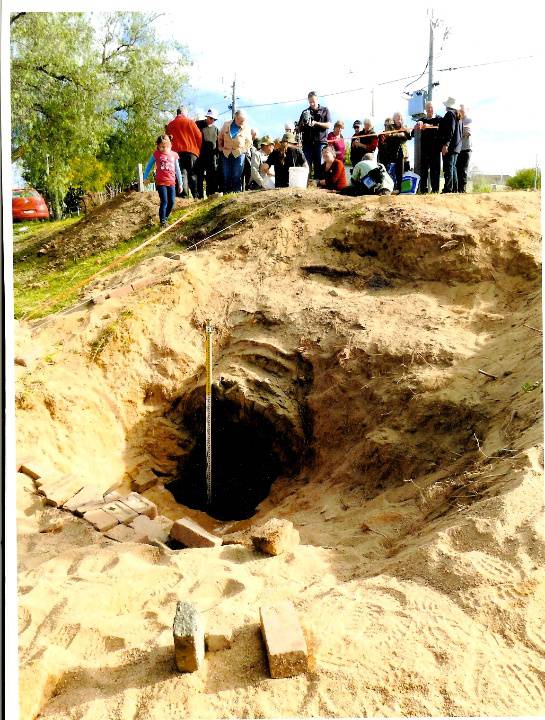| Back to search results » | Back to search page » |
|
CHINESE KILN & MARKET GARDEN
Statement of Significance
What is significant?
The archaeological site of the Chinese Kiln and Market Garden,
Bendigo North, contains the partially demolished remains of a Chinese
cross-draught brick kiln and artefacts associated with the use of the
kiln between 1859 and the 1880s. Newspaper records indicate that the kiln was constructed by the
A'Fok, Fok Sing and Co in 1859 when the site was immediately south
east of the large Chinese camp known as Ironbark, established in 1855.
The kiln appears to have been in use until the 1880s when a market
garden was established on the site, the land having been acquired by
Ah Jet in 1884. The market garden was abandoned around 1950 however
several trees on the site still reflect this commercial use. The
current owners purchased the land in the late 1970s. Partial archaeological excavation of the site in late 2005 revealed
the remains of a large domed clay brick kiln built into the bank in
the west of the site. The arched firebox leading to the firing chamber
is at least 1.5 metres deep and buried along with the fire box, flue,
and lower section of the circular firing chamber which is estimated to
be around 10 metres in diameter, extending under Thunder Street. The
kiln originally stood about 10 metres high but the top of the dome has
been partially demolished during construction of the road. The design
of the kiln strongly suggests Asian, probably Chinese, technology
especially in the construction of the wall-through firebox. Excavation on the kiln also revealed artefacts associated with the
use of the kiln including brick fragments. Bricks used in the
construction of a garden wall in Rowan Street Bendigo are thought to
have been manufactured in the kiln. Excavation of the later deposit which has filled the firebox and a
transect of test excavations across the site revealed a dense in
situ deposit of mainly late 19th century artefacts such as English
and Chinese ceramics, including a number of complete or near complete
large earthenware jars, Chinese glass gaming counters and bottle glass
related to use of the site as a market garden and residence from the
1880s. Trees on the site that date to the use of the area as a market garden
are a Fig (Ficus carica), Pear (Pyrus communis cv.)and Licorice.
How is it significant?
The Chinese Kiln and Market Garden, Bendigo North is of
archaeological and historical significance to the State of Victoria
Why is it significant?
The Chinese Kiln and Market Garden is of archaeological significance
to the State of Victoria being the only known surviving Chinese brick
kiln in Victoria and possibly in Australia. Chinese brick kilns are
considered extremely rare outside the Chinese mainland. The Chinese Kiln and Market Garden is of historical significance for
its association with Chinese settlement in Bendigo and as tangible
evidence of the lives and enterprise of Chinese immigrants who came in
large numbers to the Victorian goldfields during the second half of
the 19th century. Along with the nearby Bendigo Joss House or Chinese
Temple (H1791), the Chinese Kiln and Market Garden is historically
significant for its association with the large Chinese camp of
Ironbark, established in 1855 and the only Chinese Camp in Bendigo to
have persisted into the 20th century. Test excavation on the site has demonstrated the very high
archaeological potential of the Chinese Kiln and Market Garden site to
provide information about the processes and technology of 19th century
brick manufacture that the Chinese bought with them to Australia and
the operations of a late 19th century Chinese market garden. Excavated
artefacts such as gaming tokens also demonstrate the archaeological
potential of the site to provide insight into the lives of Chinese
Australians who lived and worked on the site and more generally the
economy and social life of the 19th century Chinese camp of Ironbark.
Group
Manufacturing and Processing
Category
Kiln Brick/ brickworks


